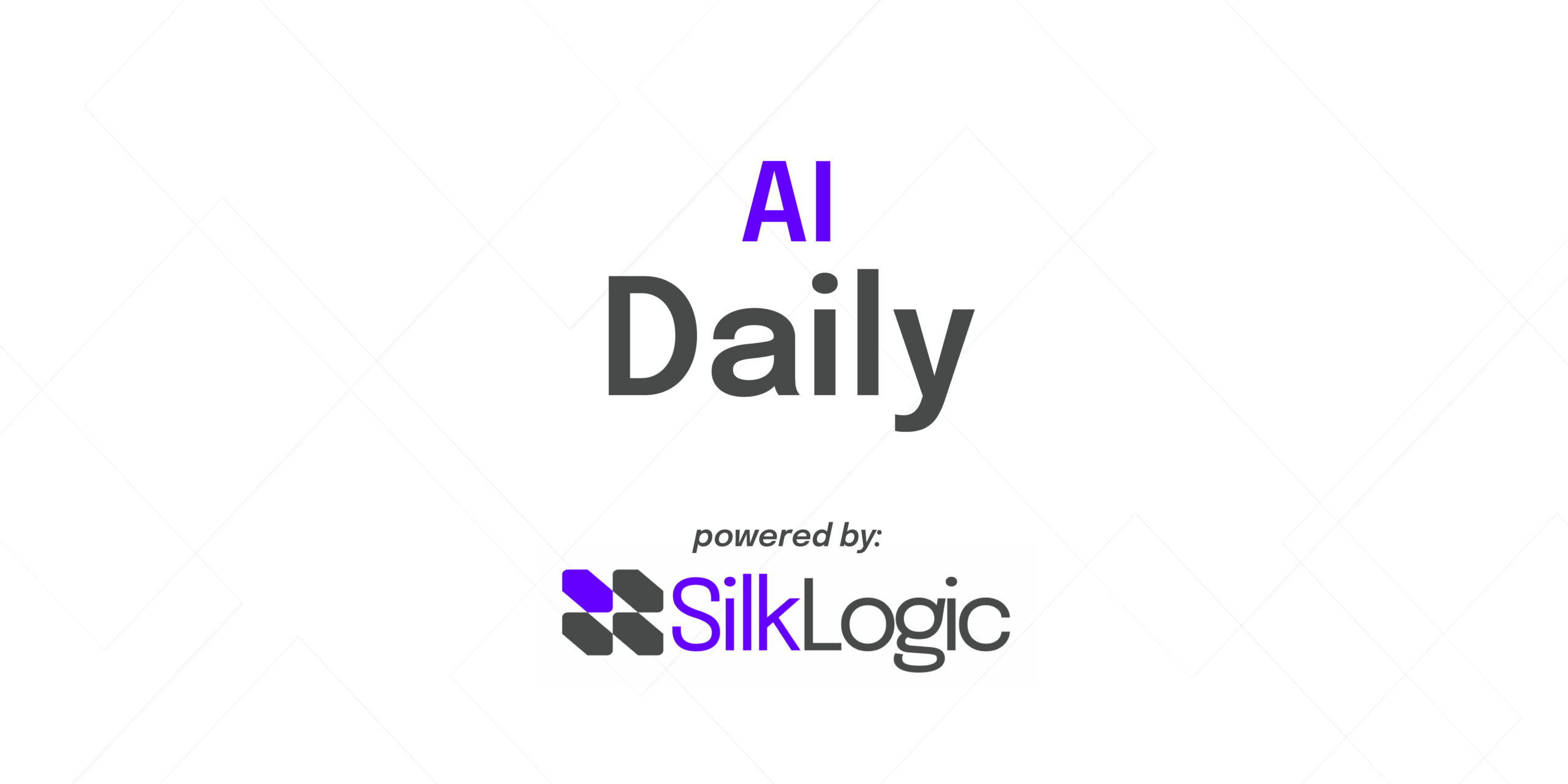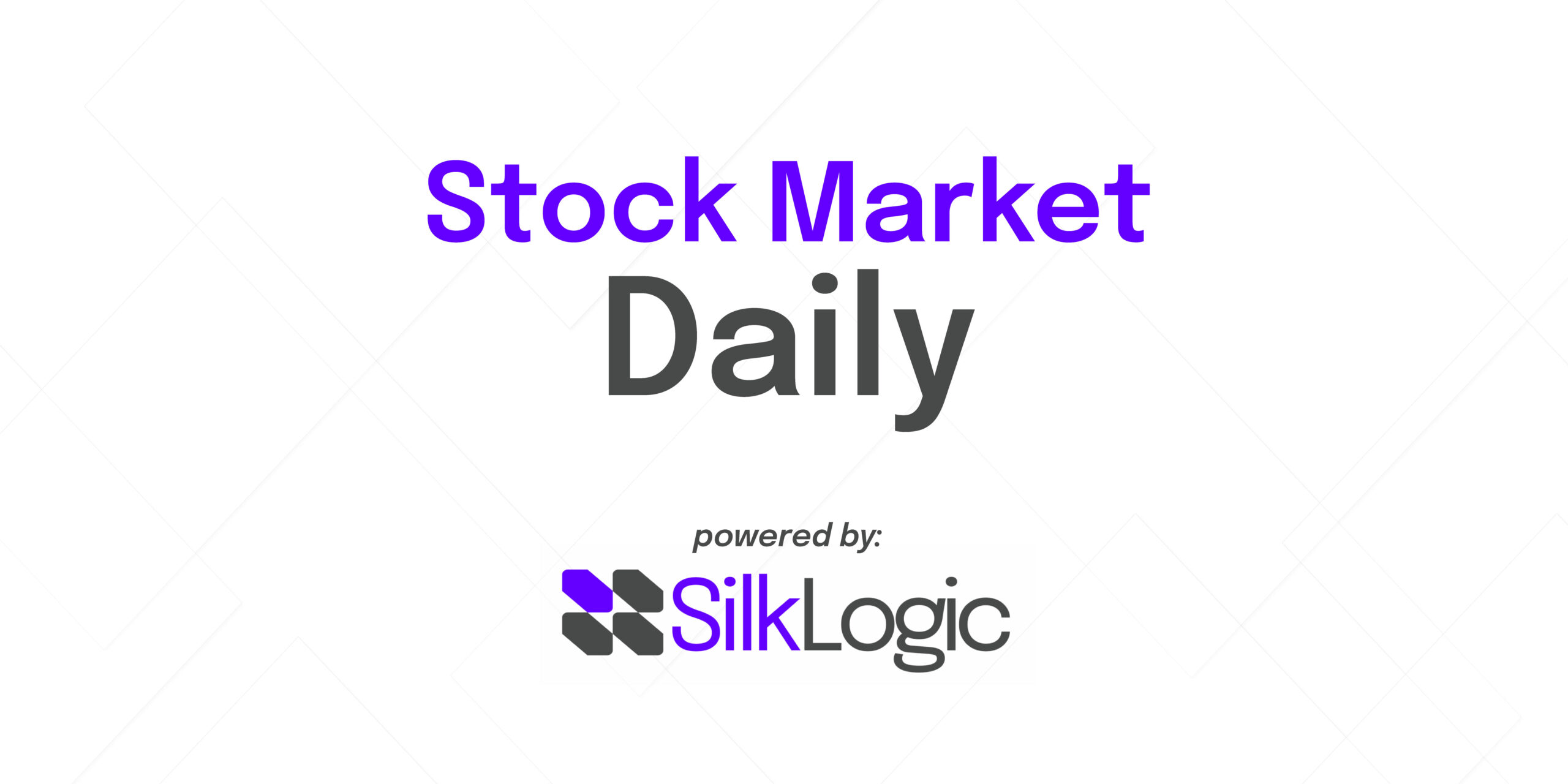AI-Driven Automation: The New Standard for Operational Efficiency
In today’s economy, leaders are under relentless pressure to deliver operational excellence, control costs, and maintain regulatory compliance—all while adapting to shifting technology landscapes. The recent Fleetio and Motive integration offers a window into the transformative impact of AI-powered automation in business operations, particularly for organizations reliant on complex asset fleets.
This matters now: with fuel and service costs consuming up to 75% of operating budgets, and the risk of compliance violations increasing alongside regulatory demands, businesses must harness smarter tools or risk being left behind. AI-driven data centralization and process automation aren’t “nice-to-haves”—they’re competitive imperatives.
What the News Means: Turning Data into Productivity—and Savings
The source article details how Fleetio and Motive have deepened their partnership to automate the collection, synchronization, and analysis of fleet-related data. Key innovations include:
- Two-way Driver Vehicle Inspection Report (DVIR) Sync: Automates compliance by instantly syncing maintenance resolutions across platforms, reducing manual intervention, and minimizing downtime.
- Motive Card Fuel Sync: Seamlessly links every fuel purchase with driver and asset data, enabling accurate budgeting, auditing, and reporting. Blind spots in spend management are now illuminated by real-time, actionable intelligence.
As a result, organizations not only gain better control over costs but can also act on predictive insights, proactively addressing risks before they impact operations.
From Fleet Tech to Company-Wide AI Transformation
While the Fleetio-Motive integration is specific to fleet operators, the model holds valuable lessons for any enterprise:
- End-to-End Automation – AI solutions can replace error-prone manual processes at multiple touchpoints, from procurement and maintenance to compliance reporting and financial planning.
- Unified Data Platforms – Integrating disparate systems breaks down organizational silos, providing leaders with a “single source of truth” that powers faster, better decision-making.
- Predictive Analytics – By connecting operational data with AI, companies can shift from reactive management to prescriptive, insight-driven action, reducing downtime and increasing asset longevity.
These principles aren’t restricted to logistics or field services; they apply across industries—manufacturing, healthcare, retail, and beyond. Any business that depends on complex workflows can benefit from automating data collection, analysis, and action.
The Pragmatic Path: Applying Insights to Your Organization
Adopting AI for business process transformation is both a strategic necessity and a technical challenge. Here’s how decision-makers can get started:
- Assess Current State: Where are manual bottlenecks and compliance risks costing your business time and money?
- Identify Integration Opportunities: Review critical enterprise systems. What data, if unified and automated, would yield the largest gains?
- Start with Quick Wins: Pilot automation in high-impact areas (e.g., expense management, asset maintenance) before scaling company-wide.
- Partner Strategically: Collaborate with AI solution providers who can help define, roadmap, and operationalize change specific to your market.
At Silk Logic, we specialize in AI roadmapping and process optimization, helping organizations design and launch tailored solutions that make data work for them—not the other way around.
Challenges and Considerations: Overcoming Obstacles to AI Success
Embracing AI comes with real-world challenges, from technical integration and data quality concerns to cultural resistance and change management. Leaders should be vigilant against common pitfalls:
- Underestimating the time and resources needed for successful system integration.
- Lack of executive buy-in, resulting in technology “shelfware.”
- Failing to upskill teams to adopt new processes and analytical capabilities.
Success depends not just on technology, but on cross-functional collaboration, clear KPIs, and a commitment to continuous improvement.
Looking Forward: Competitive Advantage for Fast Movers
The organizations bold enough to integrate AI and automation into their operational backbone are already realizing cost advantages, risk reductions, and new capabilities. As technology matures, laggards will find it increasingly difficult to close the gap.
For early adopters, the future is clear: real-time visibility, proactive control, and smarter resource allocation will define tomorrow’s market leaders. How ready is your organization to lead this change?
Conclusion: Turning AI Potential into Business Value
The Fleetio and Motive integration demonstrates AI’s tangible ROI: not just more data, but better, faster outcomes. For business leaders, the lesson is urgent—digital transformation isn’t a distant goal, it’s the path to resilience and growth today. Are you prepared to harness AI’s potential and make smarter decisions across your organization?
Ready to assess your AI readiness and map out your next steps? Connect with Silk Logic for a tailored consultation, and discover how to unlock value with the right AI strategy.





